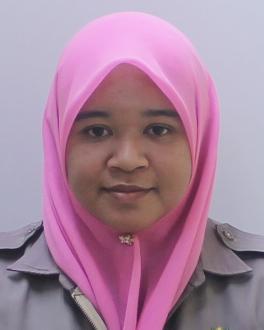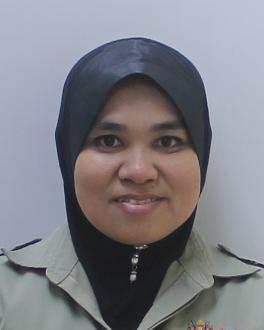

Laboratory Equipment & Services Information System
by Centralized Laboratory Management Office (CeLMO)
The pore size distribution of the membrane substrates is directly and indirectly characterized. For the direct characterization, the capillary flow porometer (IB-FT GmbH Porolux 1000, Germany) is used to determine the pore size distribution by the wet-up/dry-up method with the programmable calculation. In the test, the bubble point should be found at which the gas pressure reached to overcome the capillary flow of the fluid within the largest pore in the membrane sample. After that, the N2 gas pressure is continuously retained, and the gas flow rate and constant pressure are recorded until being dried fluorinated hydrocarbon in the sample. With the flow rates of N2 gas in dry and wet condition, the pore size distribution is calculated by the programmable calculation. Based on the flow rate of N2 gas through the membrane at constant pressure, the mass transfer coefficient of the membrane can be calculated as well.
A sample in size of 200 mm diameter is mounted on the chamber in the device. The sample should be fully wetted with fluorinated hydrocarbon with a specific surface tension (16 dynes/cm) before the testing. The chamber is sealed, and pure N2 gas is gradually supplied into the chamber A porometer measures the stomatal conductance or resistance. There are two general designs, equilibrium and dynamic, that differ in their control philosophy. Both require a chamber to be clamped onto a leaflet. Water loss from the enclosed leaf then tends to increase the humidity in the chamber.
- Manufacturer
- Brand
- IB-FT
- Model
- POROLUX 1000
- Year Manufactured
- Year Procured
- 2011
- Department
- PUSAT PENGAJIAN KEJURUTERAAN KIMIA
- Location
- School Of Chemical Engineering > Analytical Lab > 1.01
- Date Registered LESIS
- 15/03/2024
- Category
- Research Equipment
- Function
- Testing,
- Category
- Staff operated
- Equipment Status
- Good
Person In-Charge




